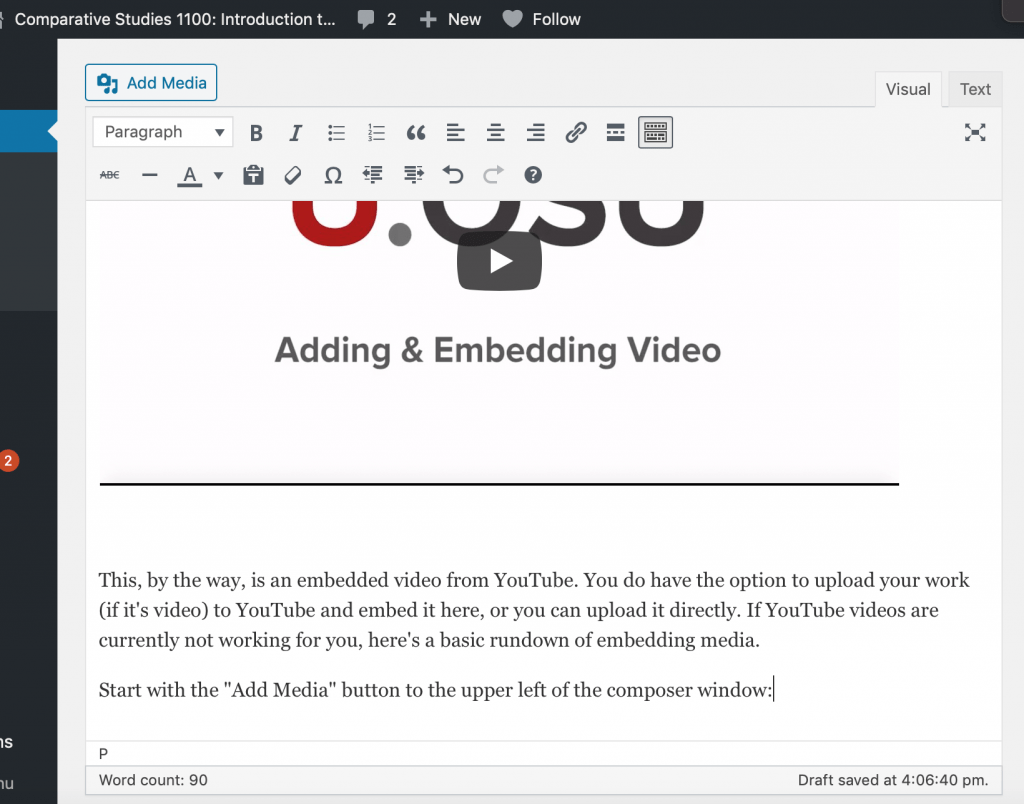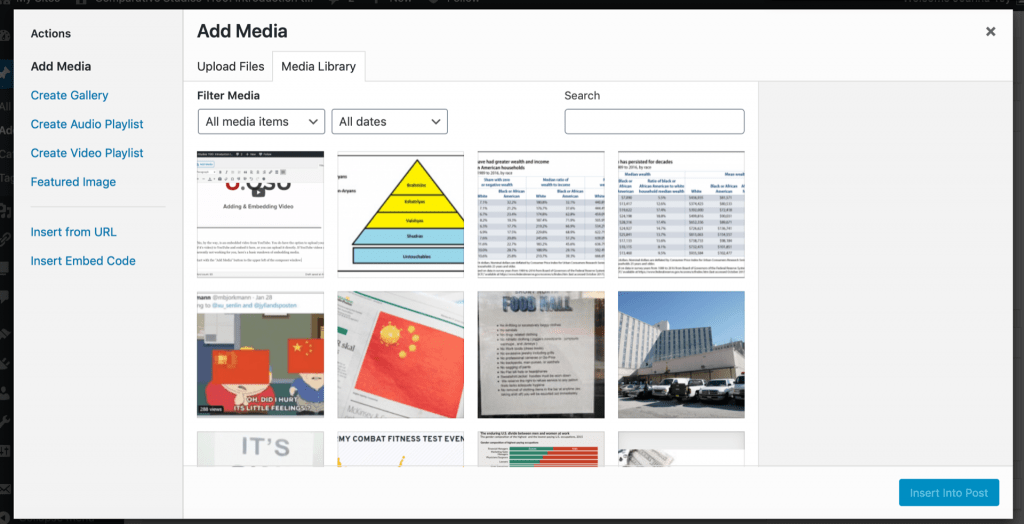This post was written by Evan Matthews, but I goofed and added you all to my personal u.osu blog instead of the class one (oops), so I’m reposting for him here. -CT
The march from Selma to Montgomery in 1965 was not simply one march, but a series of three marches, and after the third time, the people who were peacefully protesting the racism and injustices still occurring in our society finally made it to Montgomery. The first march took place on March 7th 1965 and ended the same day with the name “Bloody Sunday” given to it when an estimated 525-600 protesters left Selma on the way to Montgomery and were stopped by law enforcement and harassed, beat, which hospitalized seventeen people and injured over fifty others. The second march took place two days later on March 9th 1965, and was nicknamed “turnaround Tuesday” this being the first march led by Dr. Martin Luther King Jr. However, a restraining issue was ordered for 2500 people in the march to not stop the march from taking place until further hearings could be held regarding the situation at hand. Finally, on March 21st 1965 the masses were assembled and the march was allowed to take place, Dr. King and the protesters arrived in Montgomery three days later on the 24th with an estimated twenty-five thousand protesters.
It’s interesting how the Selma to Montgomery march took place in regards to the trials and tribulations the protesters went through. In Dr. King’s letter from his time while he was in Birmingham’s jail he explains a part that caught my attention. That part is the point in his letter where he explains why he chooses to use peaceful protesting as his way of showing the corrupt systems in place that something needs to change. He used these protests and direct action because they create tension and force the agitators to confront an issue that they refuse to negotiate on. Dr. King stated in his letter that the purpose of direct action is that “it will create such a crisis-packed situation that it will inevitably open the doors to further negotiation” (King,#2) whether that be immediately, or further on down the line.
Citations:
History.com Editors. “Selma to Montgomery March.” History.com, A&E Television Networks, 28 Jan. 2010, www.history.com/topics/black-history/selma-montgomery-march.
“Selma to Montgomery March.” The Martin Luther King, Jr., Research and Education Institute, 27 June 2018, kinginstitute.stanford.edu/encyclopedia/selma-montgomery-march.
“1965 Selma to Montgomery March Fast Facts.” CNN, Cable News Network, 27 Feb. 2019, www.cnn.com/2013/09/15/us/1965-selma-to-montgomery-march-fast-facts/index.html.

